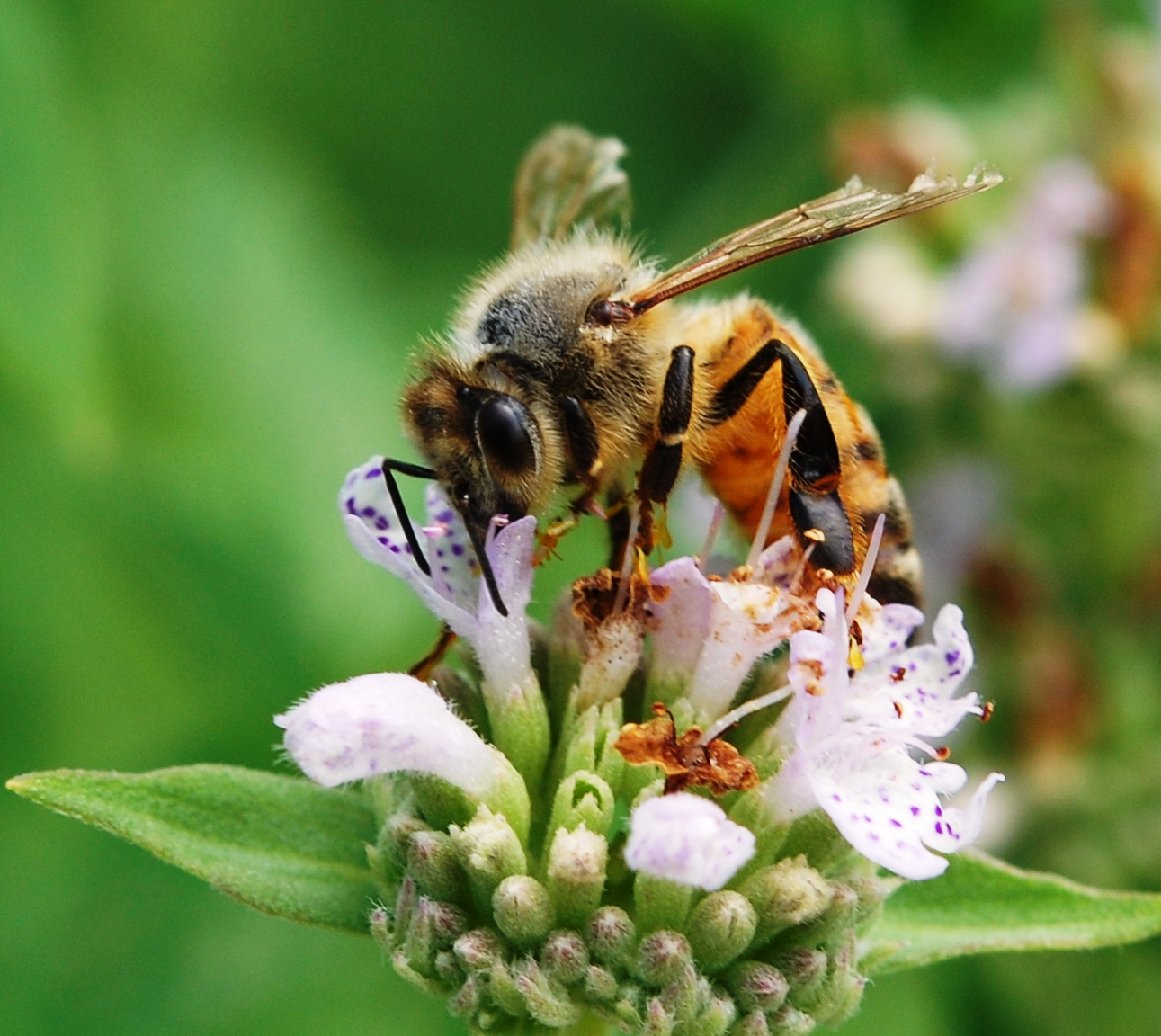
As Pollinators Decline Worldwide, Look for a Rise in Nutritional Disease and Death in Humans
It’s often noted in discussions of threats to honeybees and other pollinators that perhaps 35 percent of foods in the human diet are directly dependent upon the services of insects, birds and bats that carry pollen from flower to flower.
Almost as often, you’ll see some representative examples listed – almonds, peaches, peppers, cucumbers, coffee – along with an invitation to imagine the boring blandness of a diet in which all this bountiful diversity is supplanted with corn, potatoes and wheat.
July 21, 2015 | Source: MINN Post | by Ron Meador
It’s often noted in discussions of threats to honeybees and other pollinators that perhaps 35 percent of foods in the human diet are directly dependent upon the services of insects, birds and bats that carry pollen from flower to flower.
Almost as often, you’ll see some representative examples listed – almonds, peaches, peppers, cucumbers, coffee – along with an invitation to imagine the boring blandness of a diet in which all this bountiful diversity is supplanted with corn, potatoes and wheat.
Now a new study published in the noted British medical journal The Lancet probes more deeply into the nutritional and health dimensions of such a dietary shift, and of course the consequences go far beyond matters of appetite and the pleasures of caffeine.
Looking at just two nutrients – vitamin A and folate, also known as folic acid and vitamin B9 – the researchers found that:
[C]omplete loss of animal pollinators globally would push an additional 71 million people into vitamin A deficiency and 173 million more into folate deficiency, and would lead to about 1.42 million additional deaths per year from non-communicable diseases (NCDs) and malnutrition-related diseases — a 2.7% increase in total yearly deaths. A 50% loss of pollination would result in roughly half that impact, the researchers found.
Most of this burden of disease would result from reduced consumption of foods that protect against NCDs like heart disease, stroke, and certain cancers and, unlike the populations frequently impacted by environmental degradation, many of the most vulnerable populations reside in relatively developed countries. Researchers found that those most vulnerable would be in eastern Europe and in central, eastern, and Southeast Asia, where risks of NCDs are high and intake of fruits, vegetables, nuts, and seeds is highly dependent on pollinators.
That summary is taken from an announcement of the study by Harvard University’s T.C. Chan School of Public Health, which also quotes its senior author, Samuel Myers, in the observation that
All of human civilization has taken place during a very stable set of biophysical conditions, but we are now changing those conditions at a rate that’s never been seen before. Whether we’re talking about land use, deforestation, degradation of global fisheries, disruption of the climate system, biodiversity loss, appropriation of fresh water, changes to aquatic systems — all of the changes are profound and they’re accelerating, and they represent a significant challenge to global health.
